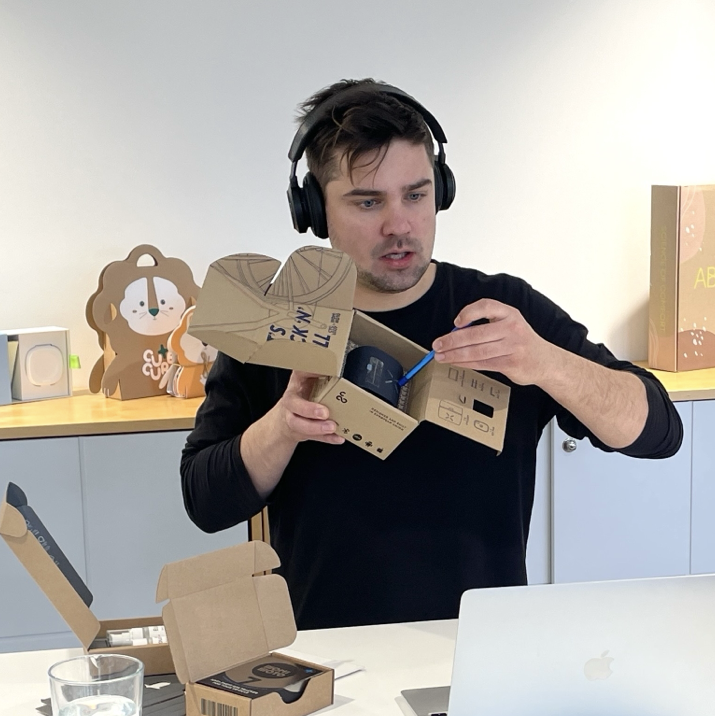Why packaging is taking inspiration from the world of art
Packaging is all about getting people’s attention, communicating, and making a connection. Much like art. This may be the reason why one packaging trend in 2021 sees designers borrowing from the art world.
Art can be used as shorthand The pop art movement took a lot from the worlds of advertising and packaging. In turn, packaging has a history of tapping into the bright colours and bold imagery associated with pop art artists such as Andy Warhol and Roy Lichtenstein. This influence is clear in Brooklyn Brewery’s new Pulp Art IPA. The artwork is instantly eye-catching using a palette of bright yellow, red, blue and pink, dots and comic book style black lines. The simplicity at the heart of the design means it works across cans, bottles and cardboard packaging equally well. Pop art – by nature of it drawing from popular culture – is by far one of the most recognisable art styles. As such, customers instantly recognise the elements of it which allow it to act as shorthand in design. For one, it suggests a brand is fun. It can help uplift customers. For another, the recognisable nature makes a brand seem approachable. It presents the product as being for everyone. One of the biggest benefits of using this art style in packaging design is that it works particularly well in wider advertising as well. Brooklyn Brewery’s Pulp Art graphic and font choices make as big an impact on billboards, posters, sides of trucks and other public space locations as they do on the can.
Art can evoke a sense of time Another way art styles can be used in packaging is to evoke a sense of time – and in turn the traits associated with that time period. Highly popular Indian restaurant chain Dishoom decorates its restaurants in a style that evokes particular time periods including the 1920s, 1930s and 1960s. One common thread among them is the use of art deco characteristics – a style that was popular in each of these decades – such as geometric shapes and clean lines. This helps create an atmosphere of old school glamour and luxury for the customer. While Covid-19 forced Dishoom to pivot its business model as its restaurants temporarily closed, the company looked for ways to maintain its branding at home. As such, the labels on its bottled cocktails, which includes favourites from its bar menu, are designed using art deco elements. The suggestion is that this product is special, and customers feel luxurious using it. The packaging design also draws from Bombay’s ongoing state of prohibition by wrapping the bottles in a removable paper label that hides the true, more decadent, label.
Art can give a sense of place As well as a sense of time, art influenced packaging can also quickly give customers a sense of place. Sidel has created a new water bottle concept, NUUK, inspired by the Greenland capital of the same name. In order to communicate this inspiration to customers, the bottom of the bottle is shaped like ice to give the impression that the water is emerging from a glacier. This non-traditional design helps NUUK stand out among other water bottles on the shelf and suggests that the water is more natural than the alternatives. The bottle also features traditional Borre style Viking art, which is inspired by the inhabitation of the Nuuk area by Vikings in the past. This not only helps to reinforce where the product originated from, but it also gives the design an additional authentic edge by making use of art that is relevant to the location. It’s clear that everything from specific art styles to fonts to colour choices are being assessed through the lens of art in order to create more impactful packaging. This trend is in part likely driven by the fact that customers are bombarded with more brands and advertising than ever before thanks to the internet. As such, it’s becoming harder and harder to gain and keep their attention. By drawing on techniques from the art world, packaging designers can cut through the visual noise and connect with customers in new ways.
By Cate Trotter, Head of Trends at Insider Trends, London


